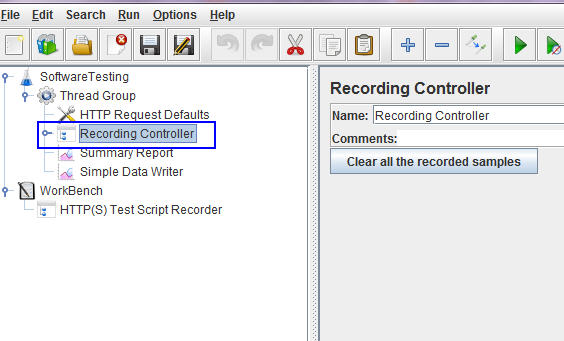

- #Try to record script it not shows open flight application how to#
- #Try to record script it not shows open flight application full#
- #Try to record script it not shows open flight application download#
To start the record, type the script command in the terminal and you will get a message like the one below. Once you have done the activity, type exit to save the current record. If you type the script command separately on the terminal, it will immediately start recording the current terminal function.
#Try to record script it not shows open flight application how to#
How to Find Out Which Package Provides a File. If you want to find out which package provides a file in Linux, see the following article. It stores the output as text file in the current directory and the default filename is typescript. Script is a UNIX command-line application that records a terminal session (in other words, it records everything that is displayed on your terminal). This application provides two commands – script and scriptreplay. How to Automatically Record the Terminal Session Activity of All Users on Linux. This may help you to see the detailed output if you want to investigate it sometime later.Īccording to this article, you need to manually run the script command if you want to record the terminal session functionality, see the following article if you want to automate it for all users. It is a good practice to record your terminal activity and keep it safe for further reference. The script is a great application for record your terminal session functionality on the headless server. There are many applications in the GUI that record terminal session activity, but very few applications are available on the command line. In this tab, we can spot another drawback of our example program: method (int) has been called 17 times in order to enlarge the array capacity every time there wasn't enough space for adding an object.By default everyone prefers the history command to review/recall previously entered commands in the terminal.īut unfortunately, it only shows commands and does not show the output of previously executed commands. For example, tab Hot Methods of section Code contains the statistics of method calls: On the left side of the view, we see sections General, Memory, Code, and Threads, among others. Each section contains various tabs with detailed information. 
We see that the CPU was loaded heavily, which is quite expected due to the while loop: Its main screen shows us the information about how the program was using the CPU during its execution. It helps us visualize the data about our events in a nice and intuitive way. Now, we feed the file flight.jfr to Java Mission Control, which is part of the JDK distribution. For the complete list of the parameters, we may always consult the Java Flight Recorded official documentation.Īlthough JFR is designed to have as little of a footprint as possible on the performance of the JVM and the application, it's better to limit the maximum amount of collected data by setting at least one of the parameters: duration, maxage, or maxsize. We've already seen an example of the usage of these parameters at the beginning of this section.
maxsize – the maximum size of buffers for collected data in bytes the default value is 0, which means no max size. maxage – dimensional parameter for the maximum age of collected data the default value is 0s, which means unlimited. filename – the name of a file that contains the collected data. duration – dimensional parameter for a time interval of the duration of the recording the default value is 0s, which means unlimited. delay – dimensional parameter for a time delay of recording start, the default value is 0s. name – the name of the recording it serves to be able to reference this recording later with other commands. Its usage is closely related to two of the tools above - Java Mission Control and Diagnostic Command Tools. This isn't present among the tools mentioned above because it isn't a standalone program. In this tutorial, we'll focus on the Java Flight Recorder. #Try to record script it not shows open flight application download#
Therefore, we should download it separately from the VisualVM open source project website. However, starting from Java 9, JDK distributions no longer ship with Java VisualVM. Please note that the Java VisualVM was part of the Oracle and Open JDK distributions in the past. We suggest exploring the content of this folder to be aware of what tools we have at our disposal. The bin folder of a JDK distribution contains, among others, the following programs that can be used for profiling and monitoring:
#Try to record script it not shows open flight application full#
The JDK contains programs that allow us to compile our own programs, as well as monitor their state and the state of the Java Virtual Machine during the full life cycle of program execution. Java is not just a programming language but a very rich ecosystem with a lot of tools.






 0 kommentar(er)
0 kommentar(er)
